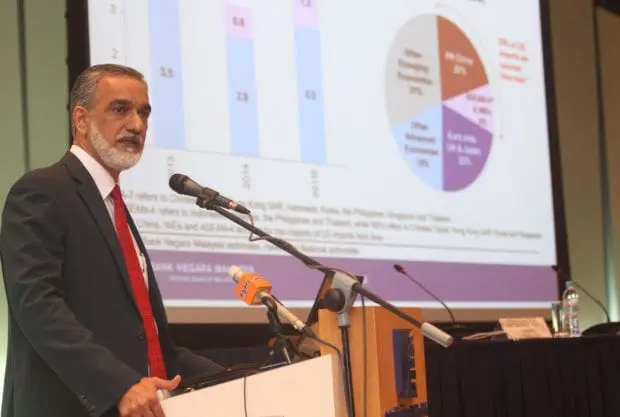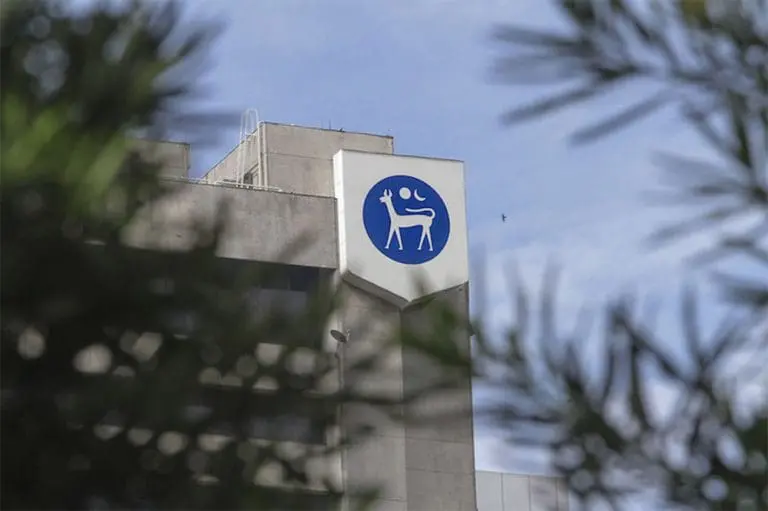Alex Cheong Pui Yin
24th May 2022 - 3 min read

Former Bank Negara Malaysia (BNM) deputy governor, Dr Sukudhew (Sukhdave) Singh has come forward to caution that pegging the ringgit to the US dollar could push the country into a financial crisis. This includes repercussions such as the emergence of a black market for the US dollar, as well as currency speculation.
According to Dr Sukudhew, the decision to implement a currency peg will have significant consequences for the nation’s financial markets, and as such, cannot be taken lightly.
“Now that the US dollar is strengthening against many currencies, including the ringgit, we are once again hearing local calls for the central bank to peg the ringgit to the dollar. What they (those who moot the idea) often forget to mention is that once we have pegged the ringgit to the US dollar, we will have to defend that peg,” said Dr Sukudhew in a post on his official LinkedIn account.

Dr Sukudhew explained that once a currency peg is implemented, BNM and Malaysia’s financial system must ensure that it is capable of meeting the public’s demand for US dollar at the pegged exchange rate. “If that demand cannot be met, a black market for US dollar will develop, undermining the official peg,” he said.
Additionally, Dr Sukudhew said that a currency peg may invite currency speculators to test the exchange rate peg, while residents and non-residents will also attempt to bet against the peg. “In all cases, the central bank will have to back the peg by intervening with its foreign currency reserves. So, it had better have a lot of reserves because it is going to need them to defend the peg,” he stated.
Earlier this month, former prime minister Tun Dr Mahathir Mohamad had suggested for the Malaysian government to address the ringgit’s current fluctuation by reimplementing a currency peg. This method was once used by Tun Mahathir in 1998 to alleviate a similar situation during the Asian Financial Crisis (AFC), with the ringgit pegged to the US dollar at a rate of RM3.80. The peg was eventually removed in 2005.

In his post, Dr Sukudhew stressed that the currency peg implemented during the AFC had only been successful because BNM also announced accompanying constraints to sidestep all the above complications. These include the introduction of capital controls to limit capital outflows, as well as the demonetisation of the RM500 and RM1,000 currency notes to address speculation and capital flight.
On top of that, Dr Sukudhew remarked that Malaysia’s first currency peg was only sustainable because the country had a large current account surplus post-1998. The surplus was obtained via the sharp depreciation of the ringgit back then, as well as a strong global demand for Malaysia’s exports.
“Without that strong current account surplus providing foreign currency inflows, it is doubtful that Malaysia would have been able to maintain the peg for as long as it did (seven years). So, for those calling for a currency peg, I say be careful about what you wish for,” Dr Sukudhew warned.
(Sources: Dr Sukudhew Singh, The Edge Markets)









Comments (0)